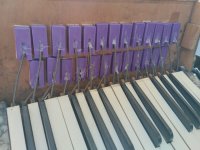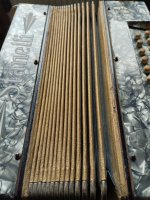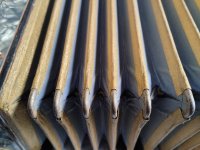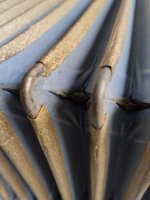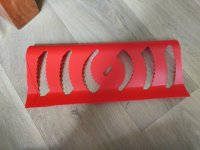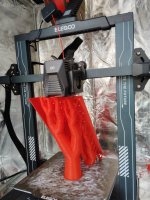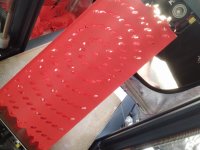I'm a teenager who bought a terrible, old, seemingly impossible to find Stanelli accordion and I am 'restoring' it with very very abnormal methods in my opinion. I don't have much money. The accordion itself was 28 pounds. However I own a 3d printer (2) and I have replaced the old valve things with 3d printed replacements which I designed. I use hot glue. Which again is probably a very bad thing to do, I'm not sure. I am 3d printing a front panel which I designed for it at the minute because it is missing one. As I said, I don't have much money. I have replaced the old straps with 13 pound imitation leather straps from Amazon instead of the old things which were falling apart. Anyways, I was wondering just how bad this is to do? From what I have heard the accordion is around 100 year old